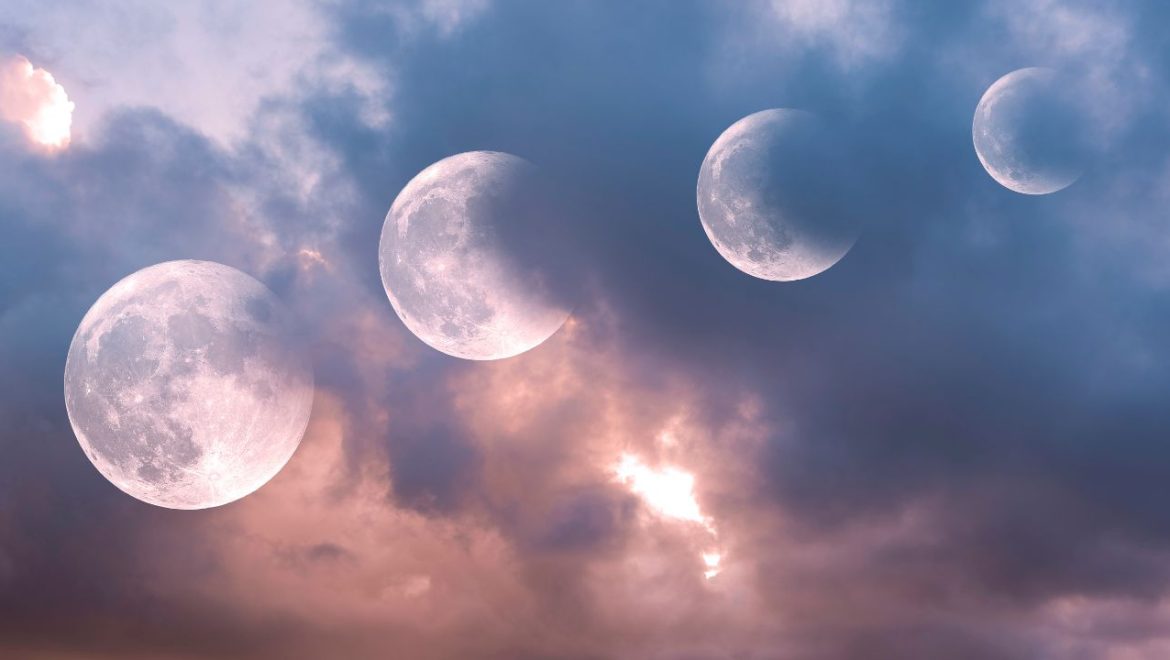
Lunar eclipses have fascinated humanity for centuries. They often appear in cultural lore and spark awe among sky watchers. These celestial events occur when the Earth moves between the Sun and the Moon, casting a shadow that darkens the lunar surface. Lunar eclipses are both beautiful and scientifically significant.
Whether you’re a seasoned astronomer or a casual stargazer, understanding lunar eclipses can enhance the experience of witnessing this cosmic phenomenon. Here’s everything you need to know about lunar eclipses, including how they happen, when you can see them, and tips for observing.
What is a Lunar Eclipse?
A lunar eclipse occurs when the Earth’s shadow blocks the Sun’s light from reaching the Moon. This can only happen during a full moon when the Sun, Earth, and Moon are perfectly aligned. The shadow consists of two parts: the umbra, where Earth completely blocks sunlight, and the penumbra, where only a portion of the Sun’s light is obscured.
There are three types of lunar eclipses:
Total Lunar Eclipse
The entire Moon passes through Earth’s umbra, resulting in a complete eclipse. During this event, the Moon often takes on a reddish hue, known as a “Blood Moon,” due to sunlight being filtered and refracted through Earth’s atmosphere.
Partial Lunar Eclipse
Only a portion of the Moon enters Earth’s umbra, making it partially darkened.
Penumbral Lunar Eclipse
The Moon passes through the Earth’s penumbral shadow, causing a subtle shading on the Moon’s surface. This type of eclipse is the hardest to observe.
When Do Lunar Eclipses Occur?
Lunar eclipses don’t happen every month because the Moon’s orbit is tilted relative to Earth’s orbit around the Sun. Therefore, lunar eclipses only occur during specific alignments when the orbits intersect.
On average, there are about two to five lunar eclipses each year. However, not all are total lunar eclipses. The visibility of an eclipse depends on your location. While total eclipses are visible from anywhere on the night side of Earth, penumbral eclipses are much more subtle and can be easily missed.
Upcoming Lunar Eclipses: When and Where to Watch
For those eager to catch a glimpse of the next lunar eclipse, keeping track of upcoming events is essential. The exact timing and visibility of an eclipse can vary based on your location, but generally, they can be observed from most places around the globe. Reliable astronomy websites and apps can provide specific details about the timing and visibility in your area.
